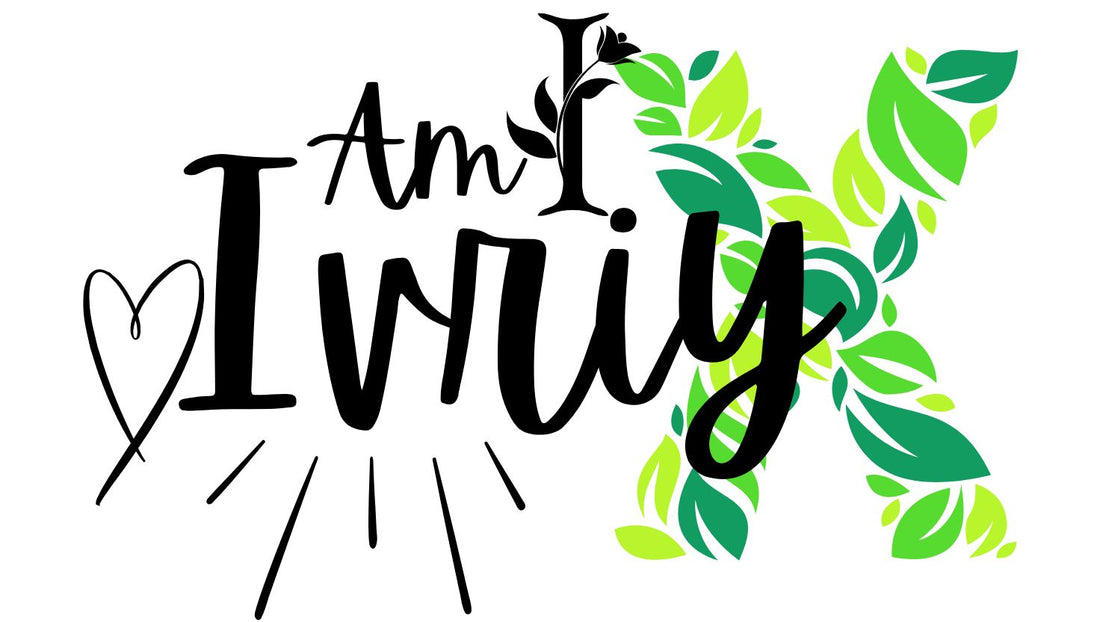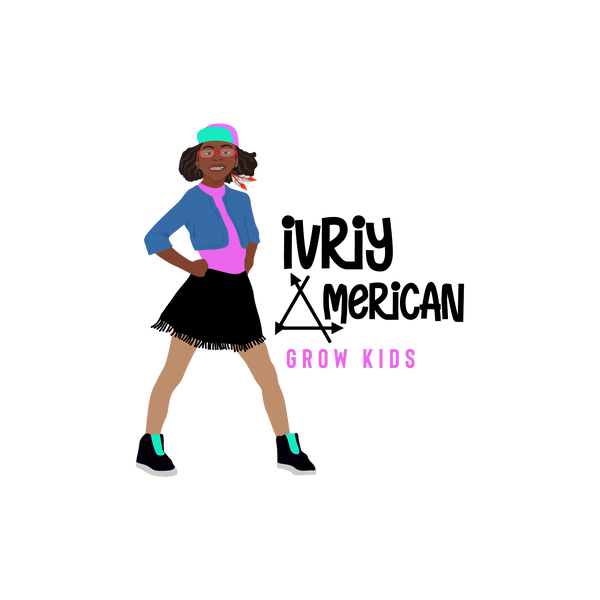
Clothing and Identity: A Personal Archive of Legacy Fashion and Personal Style
Share
Clothing has always been more than just a way to cover our bodies — it’s a powerful language. A silent story. A visual expression of who we are, where we come from, and how we see ourselves in the world. From cultural garments passed down through generations to that one jacket you always reach for when you want to feel confident, clothing becomes a personal archive of identity, heritage, and lived experience.
In this blog, we’ll explore how clothing and identity are intertwined, how legacy fashion shapes our sense of self, and how personal style becomes a mirror of memory, culture, and transformation.
Legacy Fashion: More Than Just Vintage
Legacy fashion refers to garments that are passed down or rooted in cultural significance — heirloom pieces, traditional attire, or even timeless fashion statements that never fade. These items are not chosen simply because they’re trendy or aesthetically pleasing, but because they tell a story.
Imagine your grandmother’s hand-stitched dress that she wore during a sacred holiday. Or your father’s leather jacket from his youth, slightly weathered with time but rich with character. These aren’t just “old clothes.” They’re living artifacts, holding the emotional resonance of time, family, and identity.
Legacy fashion reminds us that clothing is not disposable. It’s history you can wear.
Clothing as a Reflection of Personal Identity
When you open your closet, you’re not just choosing what to wear — you’re selecting how you want to present your identity that day. Are you going bold and confident? Relaxed and cozy? Rebellious and free? Every outfit is a statement, whether intentional or not.
Our personal style is often shaped by experiences:
-
Childhood Memories: The church clothes, school uniforms, or favorite cartoon T-shirts that defined your early years.
-
Cultural Traditions: The garments you wore during rites of passage like weddings, graduations, coming-of-age ceremonies, or feasts.
-
Transformative Moments: The suit you wore to your first job interview, or the dress you wore the day you felt truly beautiful.
These clothes are more than fabric — they mark chapters in your life story.
The Psychology Behind What We Wear
Studies in psychology and sociology have long shown that what we wear impacts how we feel and how others perceive us. Known as “enclothed cognition,” the concept suggests that clothing can influence behavior and confidence. For example:
-
Wearing traditional attire can make someone feel more grounded in their heritage.
-
A tailored blazer might make you feel more authoritative and prepared.
-
Casual wear may invite a more relaxed mindset.
By consciously curating your wardrobe, you begin to curate the story you tell about yourself — past, present, and future.
Cultural Garments and Generational Memory
In many communities, clothing is a key part of preserving cultural identity. African, Indigenous, Asian, Latin American, and Middle Eastern garments often feature symbols, colors, patterns, and fabrics that are steeped in tradition. For example:
-
Kente cloth from West Africa represents unity, history, and storytelling through color and design.
-
Regalia worn by Native American tribes during powwows and ceremonies symbolize tribal lineage, achievements, and sacred duty.
-
Hanbok in Korea and Kimono in Japan reflect centuries of culture and are still worn during special occasions.
When these garments are passed down, they carry with them a powerful sense of belonging. Wearing them connects us not only to our ancestors but to a legacy of resilience, creativity, and pride.
Reviving Personal Archives: Finding Identity in the Past
For many, reconnecting with family roots means revisiting old photographs, letters, recipes — and clothing. Your family's clothing archive might be hiding in an attic or a cedar chest. These pieces hold insight into how your ancestors lived, how they presented themselves, and what was important to them.
A faded pair of work jeans can tell a story of sacrifice and labor. A delicate lace veil might speak of love and faith. Reclaiming these items and integrating them into modern style is a way to honor the past while creating something new — a fashion fusion that’s uniquely yours.
Tip: If you have family garments that are fragile or outdated, consider modernizing them with respect — turn a vintage shirt into a patch on a jacket, or rework a traditional fabric into accessories like scarves, bags, or hats.
How to Build a Personal Style Rooted in Identity
If you’re on a journey to define your personal style and tie it back to identity, here are a few powerful starting points:
-
Audit Your Wardrobe: Look at what you already wear and ask why. Which items make you feel most like yourself? Which items connect you to memories, people, or culture?
-
Document the Stories: For legacy pieces, write down the origin or memory tied to that item. This turns your wardrobe into a living archive.
-
Incorporate Heirlooms: Find ways to mix old and new. Don’t just store grandma’s brooch or dad’s jacket — wear them and let them speak.
-
Shop with Purpose: Buy clothes that align with your values — whether cultural, ethical, or sustainable. Let every piece be intentional.
-
Celebrate Your Roots: Embrace cultural garments even in contemporary spaces. Wear that wrap skirt, sash, or embroidered tunic to everyday events, not just cultural ones.
-
Customize with Symbolism: Add meaningful patches, hand-stitch quotes, or wear jewelry that reflects your spiritual or familial beliefs.
From Style to Statement: Clothing as Activism
In recent years, fashion has become a tool for protest and pride. T-shirts with messages, hoodies honoring lost lives, and even traditional garments worn at graduations and protests have become powerful statements of identity and solidarity.
Wearing cultural clothing in public spaces is often a form of resistance — an unapologetic declaration that says: This is who I am, and I am not hiding it.
As more people move toward authenticity, the lines between fashion, identity, and social justice blur — making the clothing we wear both personal and political.
Conclusion: Dress with Meaning, Live with Legacy
Your closet is a time capsule. Every piece of clothing — from the brand-new to the hand-me-down — holds the potential to say something meaningful. Legacy fashion isn’t just about keeping up with trends. It’s about keeping history alive, making space for memory, and walking forward while looking back.
As you define your personal style, ask yourself: What story do I want to tell? Whether you’re wearing your heritage on your sleeve or building new traditions for the next generation, remember that your fashion is part of your personal archive — stitched with identity, pride, and purpose.
-
Legacy fashion is more than vintage — it’s generational memory made wearable.
-
Clothing and identity are deeply connected, shaping how we see ourselves and how we show up in the world.
-
Personal style becomes a living expression of culture, emotion, and evolution.
Embrace it. Archive it. Wear it boldly.
